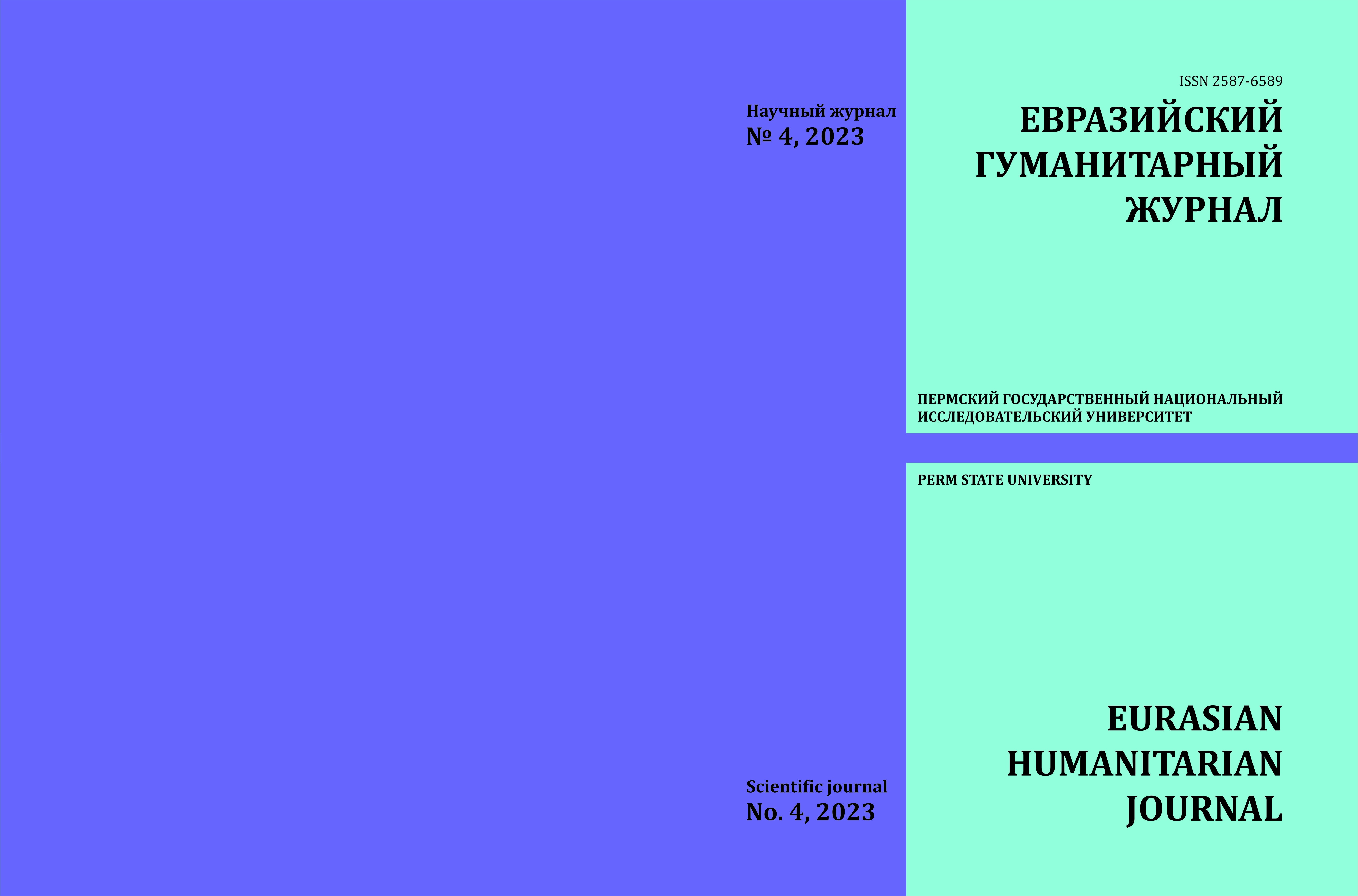THE ROLE OF AN INTERACTIVE MODEL OF TEACHING UNIVERSITY STUDENTS IN THE FORMATION OF THEIR PROFESSIONAL COMPETENCE
Keywords:
interactive learning model, professional competence of university students, interactive teaching methodsAbstract
The presented article is devoted to the development of professional competence of students of higher education institutions based on the organization of an interactive learning model. Based on the works of V. Bolotov, J. Spiro, N. I. Volkov, D. Johnson, I. A. Zimnaya, E. V. Korotaeva, A. Yu. Uvarova, R. L. Khona, G. A. Zuckerman, G. P. Zvenigorodskaya, N. G. Grigorieva, M. V. Clarin and other researchers, the authors clarified the meaning, main provisions and features of the interactive model of education in higher education, as well as systematized domestic and foreign experience in the development of professional competence of students based on interactive methods, technologies and forms of education. The conducted research was based by the author on the principles of consistency, activity, humanization, individualization, feedback, integration at the level of interdisciplinary connections, reflexive activity and problemativeness. The work is based on the following methods: theoretical – analysis, generalization, systematization, synthesis, modeling; and empirical – conversation, observation, quantitative and qualitative analysis of research results, testing. The use of an interactive learning model in the educational process of the University is also considered, which in turn will not only ensure that students master the subject content of the studied disciplines, but will also contribute to the formation of their professional competence in the implementation of the following set of pedagogical conditions: identification and development of students' personal qualities such as empathy, reflection, perception and sociability; inclusion of students in various types of creative and research activities that contribute to self-realization. The implementation of this pedagogical condition is possible through: familiarization of students with the experience of creative activity, methods of developing creative thinking, as well as through attracting students to research activities; the use of interactive teaching methods, forms and technologies in the educational process.Downloads
Published
2024-04-12
Issue
Section
ЛИНГВОДИДАКТИКА

